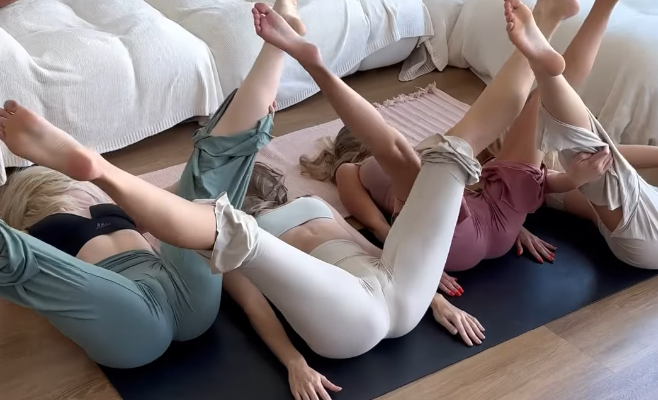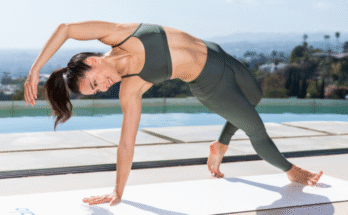Yoga is a wonderful practice that brings flexibility, strength, and balance to the body and mind. It has countless benefits, from reducing stress and increasing mindfulness to enhancing physical endurance. One aspect of yoga that often gets overlooked is the importance of stretching the abductor muscles. These muscles, which are located on the outer thighs and hips, play a crucial role in the stability and mobility of the lower body. In today’s article, we’ll focus on a deep abductor stretch and how it can be enhanced by the techniques and guidance of expert yoga instructors, such as @LilliesYoga and @SageSplits.

Understanding the Abductors
Before diving into the stretch itself, it’s important to understand what the abductors are and why they matter. The abductors are a group of muscles located on the outer side of the hip. They include the gluteus medius, gluteus minimus, and tensor fasciae latae. These muscles are responsible for moving the legs away from the midline of the body (abduction), which is crucial for movements such as walking, running, and balancing on one leg.
Over time, due to prolonged sitting or repetitive motion, the abductors can become tight or weak, which can lead to discomfort, poor posture, and an increased risk of injury. Stretching and strengthening the abductors is essential for maintaining overall hip and lower body health.
Benefits of the Deep Abductor Stretch
The deep abductor stretch targets the outer hips and thighs, helping to release tension in the muscles and improve flexibility. Here are some of the key benefits of this stretch:
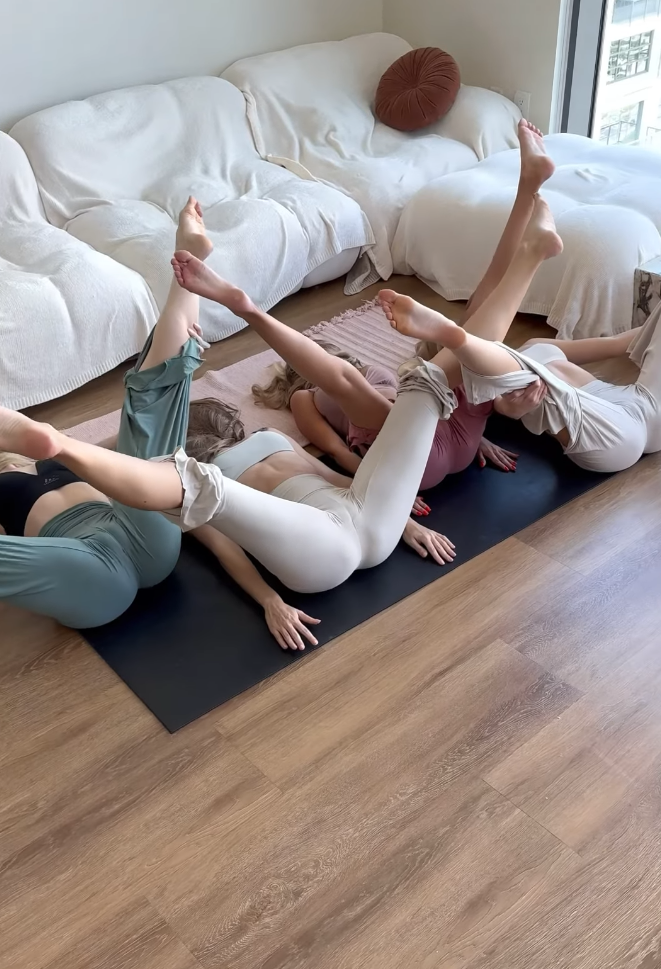
Increased Hip Flexibility: By focusing on the abductors, the stretch helps increase the range of motion in the hips, which is beneficial for activities that require a lot of hip mobility, like yoga, dancing, and sports.
Improved Posture: Tight abductors can contribute to poor posture, especially when combined with weak glutes. Stretching the abductors can help realign the pelvis and promote a more neutral spine.
Enhanced Balance and Stability: Since the abductors play a key role in stabilizing the pelvis and supporting proper alignment during standing and dynamic movements, stretching them can improve overall balance and stability.
Pain Relief: Stretching the abductors can help alleviate discomfort caused by tightness in the hips or outer thighs. It’s particularly helpful for individuals who experience lower back pain or sciatica.
Injury Prevention: A deep abductor stretch helps lengthen the muscles, improving flexibility and reducing the risk of strains or other injuries in the hips, thighs, and lower back.

The Deep Abductor Stretch
To effectively stretch the abductor muscles, it’s important to incorporate the right technique and posture. Below is a step-by-step guide for performing a deep abductor stretch, and how expert instructors like @LilliesYoga and @SageSplits can guide you to deepen your practice.
- Begin in a Seated Position: Start by sitting on the floor with your legs extended out in front of you. Keep your back straight and engage your core.
- Wide Leg Stretch: Slowly spread your legs as wide as you can while maintaining a comfortable and stable position. Try to keep your knees facing upward, and avoid locking your knees. You can place your hands on the floor for support if needed.
- Lean Forward: Inhale deeply, and as you exhale, gently lean forward from your hips. Try to reach your chest toward the floor while keeping your back flat. Don’t worry about how far you can go; focus on feeling a gentle stretch in your inner thighs and hips.
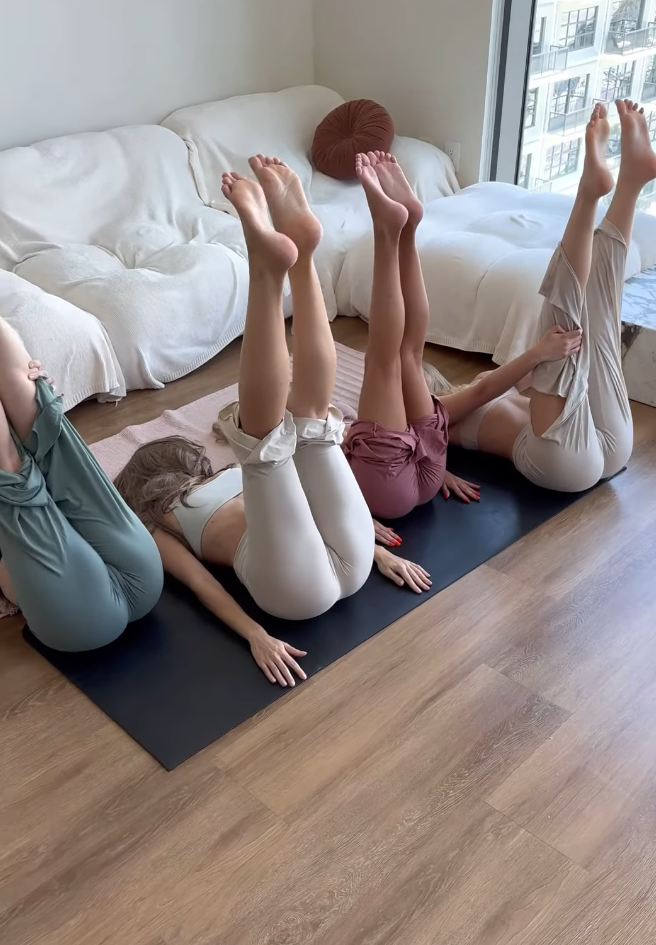
Deepen the Stretch: If you feel comfortable, try walking your hands further forward, lowering your chest closer to the ground. This will deepen the stretch in the abductors. Keep your breathing steady and relaxed as you hold the position.
Hold the Stretch: Stay in this stretch for at least 30 seconds to one minute. Allow your body to relax into the stretch with each breath. If you feel any discomfort or pain, ease off the stretch slightly.
Release and Repeat: Slowly come out of the stretch by walking your hands back and bringing your legs back together. Repeat the stretch two or three times, gradually increasing the duration each time.
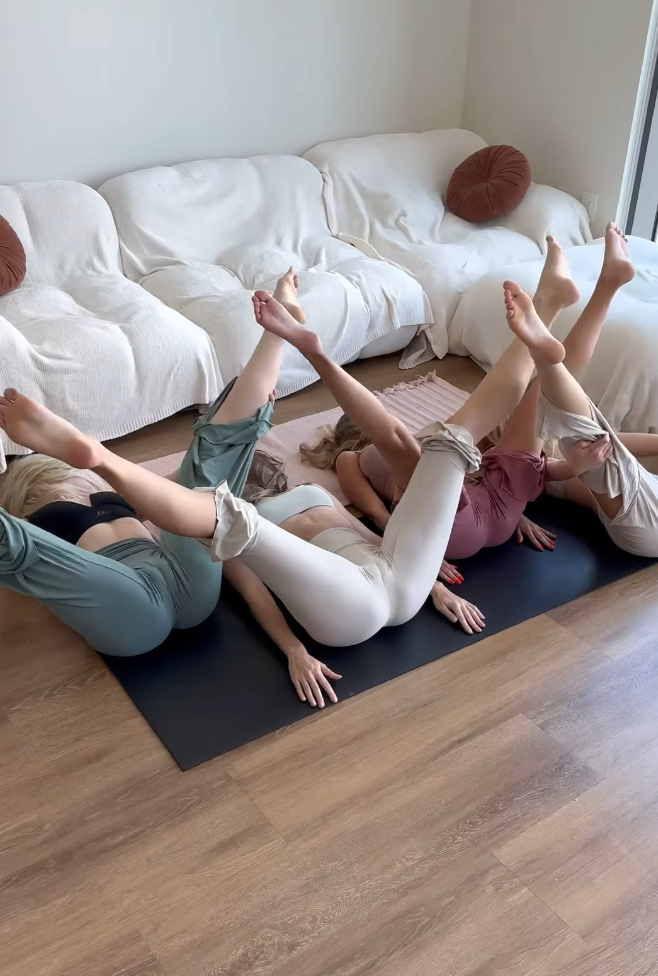
How @LilliesYoga and @SageSplits Enhance the Practice
When it comes to yoga, personalized guidance can make a world of difference in how effectively you stretch and strengthen your muscles. Two renowned yoga instructors, @LilliesYoga and @SageSplits, have gained a dedicated following for their innovative approaches to flexibility and mobility training. Here’s how they might help enhance your deep abductor stretch:
- Personalized Modifications: @LilliesYoga and @SageSplits are both known for offering modifications and adjustments to meet the needs of individual practitioners. If you have limited flexibility or struggle with the stretch, they might suggest using props such as yoga blocks, straps, or cushions to support your body and deepen the stretch safely.
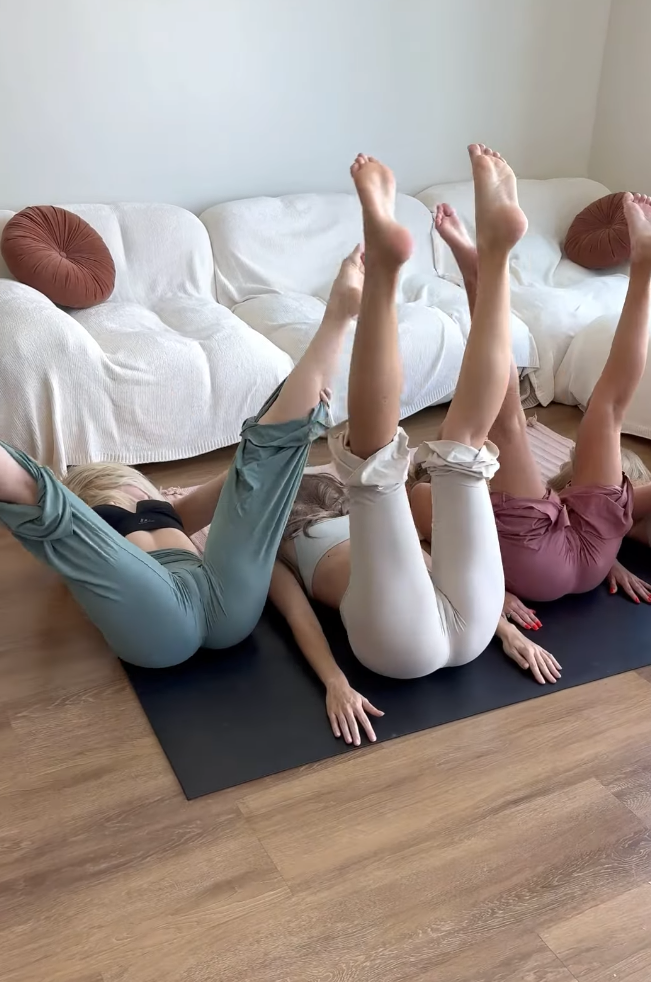
Breathwork Guidance: Deep breathing plays a crucial role in yoga, especially during deep stretches. @LilliesYoga and @SageSplits emphasize the importance of slow, controlled breathing to release tension and increase the effectiveness of each stretch. They might guide you to inhale deeply to create space in your body and exhale slowly to let go of any tension in your muscles.
Focus on Alignment: Proper alignment is key to avoiding injury and getting the most out of any yoga practice. @LilliesYoga and @SageSplits are skilled at observing body alignment and giving cues to adjust your posture to ensure that you’re performing the stretch in the safest and most effective way possible.
Encouragement and Motivation: Yoga is as much about the mind as it is about the body. @LilliesYoga and @SageSplits both offer motivating cues to help you stay focused and connected to your body during your practice. They encourage patience, mindfulness, and self-compassion, which can make stretching feel more rewarding and fulfilling.
Incorporating Other Poses: To further deepen the stretch and enhance your flexibility, @LilliesYoga and @SageSplits might incorporate complementary poses into their routines. Poses such as the pigeon pose, butterfly stretch, and frog pose can target the abductors and improve hip flexibility even more.
Incorporating Deep Abductor Stretch into Your Routine
Whether you’re a beginner or an advanced practitioner, incorporating the deep abductor stretch into your regular yoga practice is a great way to maintain hip flexibility and overall lower body health. Here are some tips for making it a consistent part of your routine:
- Warm Up First: Always warm up before attempting deep stretches. Incorporating gentle movements like sun salutations or dynamic stretches can help prepare your muscles for deeper stretches and reduce the risk of injury.
- Use Props: If you’re not yet able to comfortably reach the floor, use props like yoga blocks or blankets to support your body and make the stretch more accessible.
- Practice Consistently: Flexibility takes time to develop. Practice your abductor stretch regularly, and over time, you’ll notice improved mobility and a greater sense of freedom in your hips.
- Pair with Strengthening: Strengthening exercises for the abductors, such as side leg raises or clamshells, can complement your stretching routine and provide a more balanced approach to hip health.
By integrating the deep abductor stretch into your yoga practice and following expert guidance from instructors like @LilliesYoga and @SageSplits, you can unlock new levels of flexibility, stability, and mindfulness. Stretching these important muscles helps maintain balance, prevent injury, and support long-term lower body health. Enjoy the process, and remember to listen to your body as you deepen your practice!
